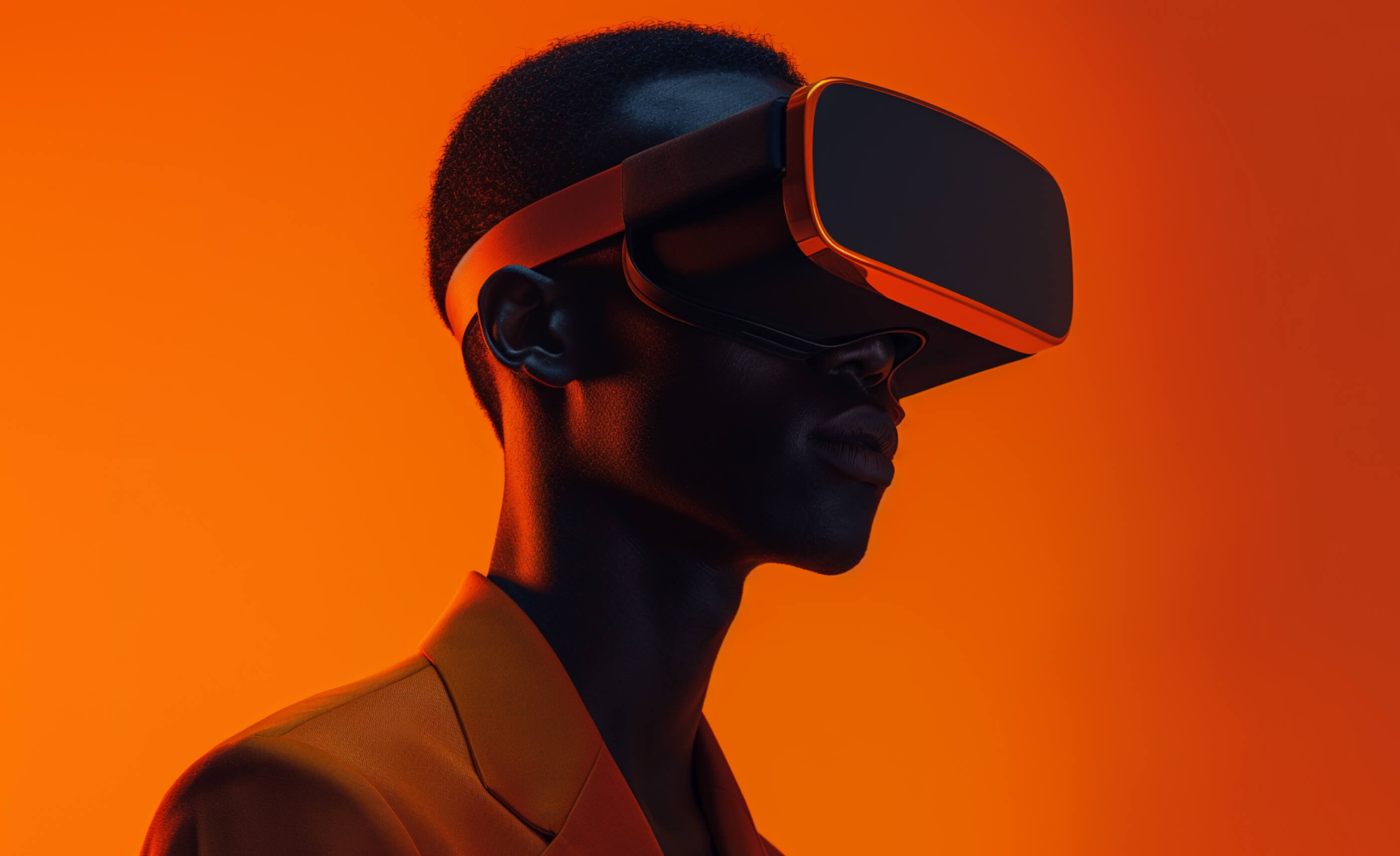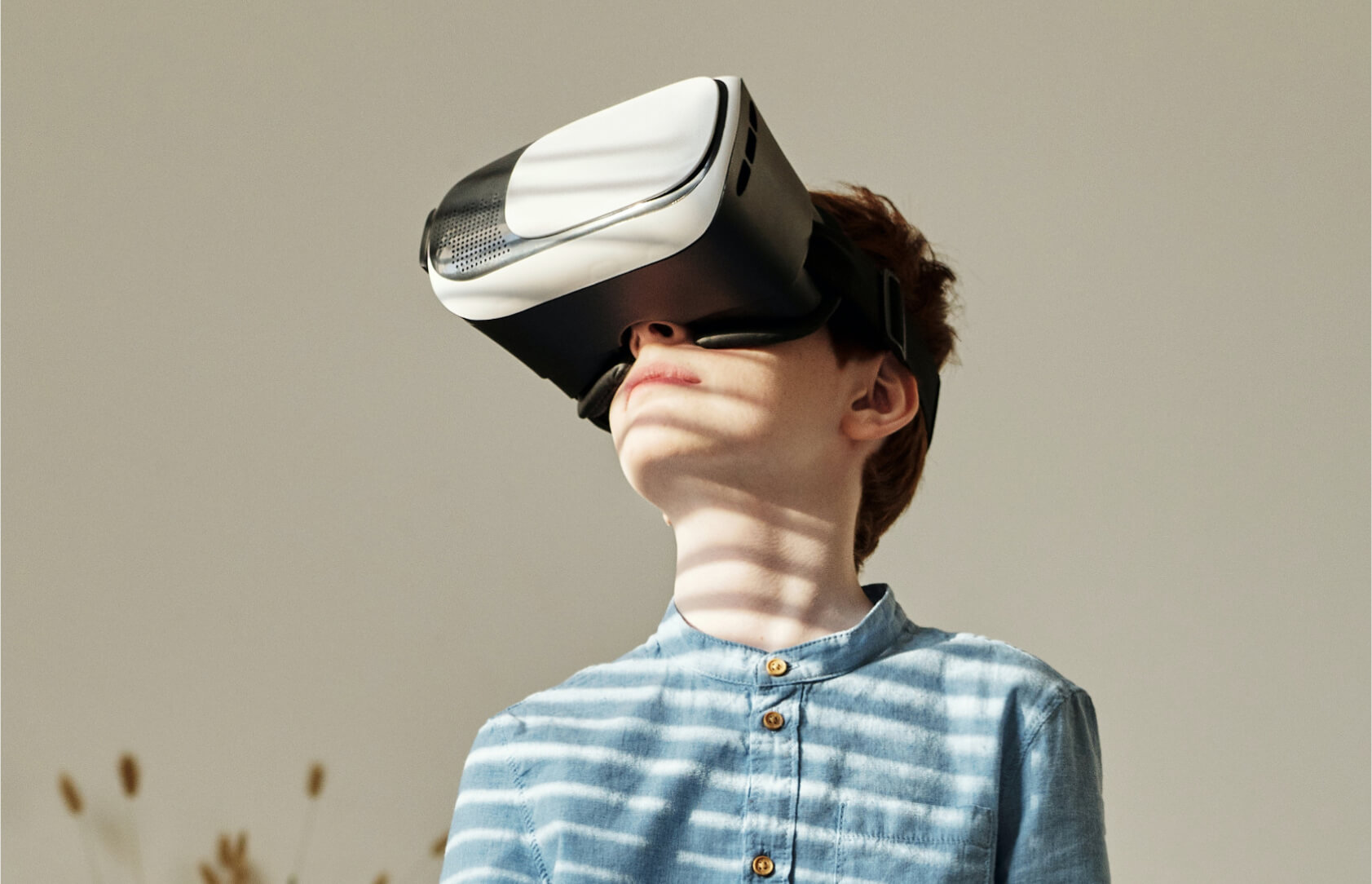
The power of microinteractions in digital storytelling.
Introduction
In digital design, it’s often the smallest elements that make the biggest difference. Microinteractions—the subtle animations and feedback signals triggered by user actions—add personality, guide navigation, and improve overall usability. They are the visual “conversations” between the interface and the user.
From a hover effect that highlights a clickable button to a subtle shake when a form field is left empty, microinteractions create a sense of responsiveness that reassures users they are in control.
How it works
Webflow’s interaction tools make it easy to prototype and implement microinteractions without writing code. This allows teams to experiment with timing, easing, and triggers directly in the live environment, ensuring the motion feels natural and aligned with brand identity.
The key to effective microinteractions is balance. Overuse can slow down performance or distract from the main goal, while too few can make the interface feel static and unresponsive.
At Prompt, we design microinteractions with both form and function in mind. A loading animation isn’t just decorative—it’s a way to make wait times feel shorter. A scroll-triggered reveal isn’t just for drama—it highlights key content when the user is most engaged.
Enhancing the story
Microinteractions also reinforce storytelling. For a lifestyle brand, animations might feel playful and energetic; for a corporate client, they might be clean and understated. This adaptability allows them to carry the brand voice across every user touchpoint.
Conclusion
Microinteractions turn digital experiences from functional to delightful. They may be small, but their impact on user perception is significant—making them an essential tool for any modern designer.

















